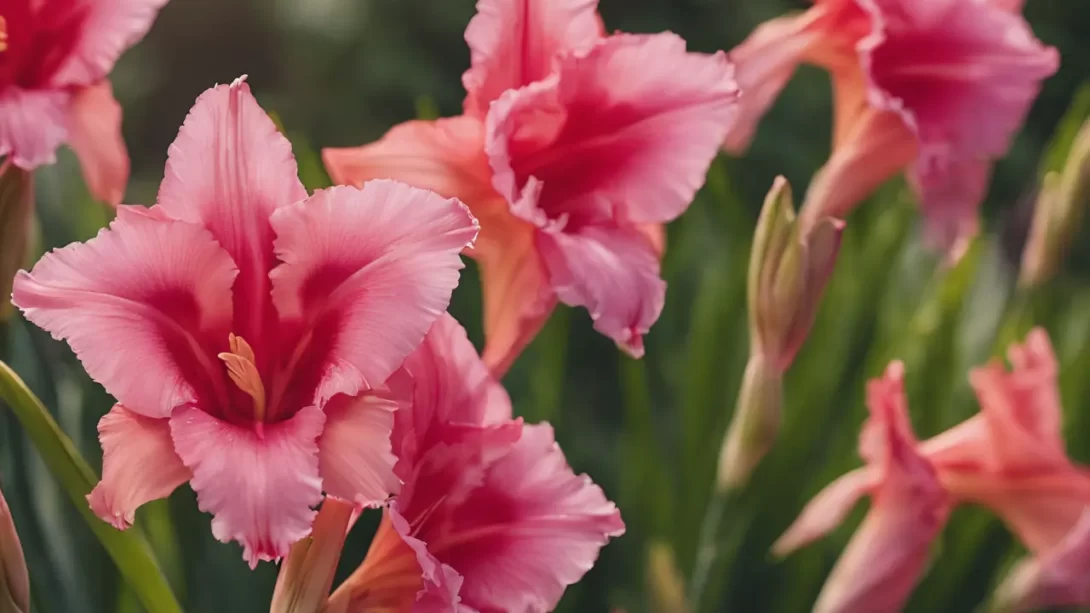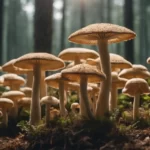Each month is traditionally associated with a specific flower, often reflecting the characteristics and sentiments of that time of year. August, a month characterized by the transition from summer to autumn, has its own unique floral representatives. In this article, we will explore the flowers commonly associated with August – the Gladiolus and the Poppy – delving into their characteristics, meanings, and significance.
The August Birth Flowers: Gladiolus and Poppy
August boasts not one but two beautiful flowers: the Gladiolus and the Poppy. Each of these flowers carries distinct symbolism and aesthetic appeal. The Gladiolus, also known as the ‘sword lily’ due to its sword-shaped leaves, is known for its tall, striking flowers. The Poppy, with its delicate, papery petals, stands out for its vibrant colors and historical significance.
Gladiolus: The Primary August Flower
The Gladiolus is the primary flower associated with August and is renowned for its beauty and impressive form. It features tall flower spikes adorned with large, colorful blooms that come in a variety of shades including pink, red, yellow, and purple. This flower is not only a popular choice in gardens and floral arrangements but also carries rich symbolism:
- Symbolism: The Gladiolus symbolizes strength of character, sincerity, and moral integrity. It is also associated with remembrance.
- Varieties and Colors: There are over 250 species of Gladiolus, each offering a unique color and pattern. This diversity makes them a versatile choice for various occasions and settings.
Cultural Significance of Gladiolus
The Gladiolus holds a rich cultural and historical significance across various societies. Its name, derived from the Latin word “gladius,” meaning sword, hints at its historical association with strength and integrity. In ancient Rome, gladioli were often associated with gladiators, symbolizing strength and victory. Over time, the flower’s symbolism has evolved, but it continues to represent honor and remembrance.
- Historical Context: In various cultures, Gladiolus has been used in ceremonies and rituals, often tied to honor and moral strength.
- Art and Literature: The striking appearance of Gladiolus has made it a popular subject in art and literature, symbolizing both beauty and character.
Poppy: The Alternate August Flower
While the Gladiolus is the primary flower for August, the Poppy is also closely associated with this month. Poppies are known for their bright and bold colors, most commonly red, but they also come in shades of orange, yellow, and white.
- Characteristics: Poppies have a distinct, delicate appearance with a rich, vivid hue that contrasts with their soft, thin petals.
- Types and Colors: Various types of poppies exist, including the opium poppy, corn poppy, and California poppy, each with its unique characteristics.
Symbolism and Meanings of Poppy
The Poppy flower is laden with symbolism, varying significantly from culture to culture. It is most famously associated with remembrance, particularly in relation to military commemoration in Western cultures.
- Remembrance: The red poppy is a symbol of remembrance for soldiers who have died in wartime, particularly since World War I.
- Peace and Sleep: Poppies also symbolize peace and rest, partly due to their connection with opium, which is derived from a type of poppy.
Gardening Tips for August Flowers
For those interested in adding the vibrant beauty of August flowers to their gardens, here are some essential gardening tips for both Gladiolus and Poppy:
- Planting Gladiolus: Gladiolus bulbs, or corms, should be planted in spring after the threat of frost has passed. They thrive in well-drained soil and full sun. Planting them in successive weeks can ensure a continuous bloom throughout the summer.
- Caring for Poppy: Poppies are generally easy to grow. They prefer full sun and well-drained soil. Sow the seeds directly in the garden in early spring. Poppies don’t transplant well, so it’s best to plant them where they are to remain.
- Watering and Maintenance: Regular watering is essential for both plants, especially during dry periods. Deadheading spent blooms can encourage more flowers in Gladiolus.
August Flowers in Floral Arrangements
Gladiolus and Poppies can add stunning visual appeal to floral arrangements:
- Gladiolus Arrangements: Their tall, striking stalks make Gladiolus an excellent choice for vertical arrangements. They can serve as a focal point or a background for smaller flowers.
- Poppy in Bouquets: The delicate and vibrant Poppy can add a splash of color to any bouquet. They pair well with other summer flowers and can give a fresh, wildflower look to arrangements.
Conclusion
Gladiolus and Poppy, the flowers of August, offer more than just aesthetic beauty. They carry deep symbolism and enrich our gardens and homes with their vibrant presence. Whether planted in a garden or displayed in a vase, these flowers remind us of the resilience, beauty, and complexity of nature. Understanding their care, significance, and uses can enhance our appreciation of these remarkable August blooms and their role in various cultural contexts.



